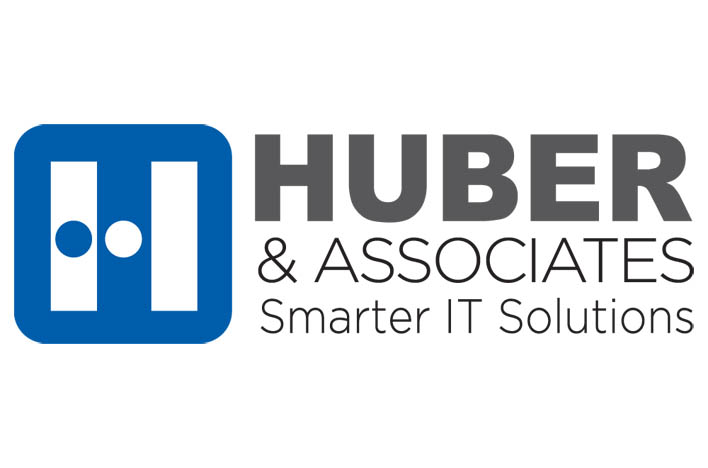When you pick up your analog telephone, you expect to get a dial tone. When it comes to IT infrastructure, your experience should be as seamless and as stable. All the bits and pieces required to run your applications, surf the Internet, send email, create documents and perform other digital activities should work as intended without you needing to think about it.
Here are 10 best practices for maintaining that “dial tone” infrastructure:
Don’t open an email attachment from an unknown, or known, source unless you are expecting it or confirm it with the sender :: The typical phishing or malware attack will send you an attachment on a subject you’re interested in. When you click on it, the program will take over your machine and compromise your system. Adopt a business-only policy when it comes to IT. Discourage employees from surfing just to be surfing, from shopping online and engaging in other activities not meant for business.
Keep antivirus and malware definitions up to date :: In addition to making sure they are up to date, ensure they are actually working. Sometimes you can turn them off without knowing it.
Ensure your devices are updated with the latest software fixes and software patches :: If you have trouble with your system and call for assistance, you will be asked what version of software you are running. If you’re not up to date, you may have to jump through extra hoops to solve the problem—and spend more time and money.
Use a reliable backup :: Most people don’t think about disaster striking until it does. Decide on a backup system and set a regular timeframe for running it—the more often, the better. Very importantly, and a step many people forget, configure it to acknowledge a successful backup. You don’t want to find out that a backup wasn’t successful at the point at which you are depending on it to restore data. Also practice restoring the data periodically to ensure that you can recover it from the backup. Industry best practice is to have a local and an off-site copy of your backup in case you have a fire, tornado or some other circumstance that would destroy an on-site backup.
Develop a disaster recovery plan :: Everyone believes they have one, but until you document the plan and test it periodically (quarterly or monthly), it’s not reliable. Each time you practice the plan, document what you learned since the last one. Because things change, no plan is 100 percent effective. When you practice, be sure to update the documentation to include any changes, organizational or otherwise, that occurred since the last time you tested the plan.
Save documents to the server instead of the desktop :: Most companies back up the server, but don’t usually back up individual devices. So, if you’re not backing up laptops or workstations, instruct employees to store documents on the server.
Lock your device :: Get in the habit of locking your devices—mobile and laptop included—because they can be compromised when you are away from your desk or if they are lost or stolen. Configure your screensaver to lock when you walk away from your desk. You can also press Ctrl Alt Delete to accomplish the same thing.
Perform regular audits of who has access to your network :: Verify that all the people with access still need it. If people leave the company make sure you suspend their rights to the system and eventually delete them.
Make sure your passwords are strong and different for each account :: An easy way to remember passwords is to use phrases that seem crazy, but make sense to you. Mix in an obscure hire date, the color of a favorite car or other things that aren’t easy to find through public records.
Keep your passwords safe :: Once you decide on a system for creating passwords, keep them somewhere secure. There are several good password programs that are good tools for this.
Finally, to keep your infrastructure stable and working like it needs to so you can focus on business, consult with an IT professional to evaluate your system, review your practices and provide maintenance when needed.
Huber & Associates
For more than 30 years, Huber & Associates has been helping companies solve their problems using technology.
Contact us to learn more:
Dean Bergman
816-977-3401
dbergman@teamhuber.com


